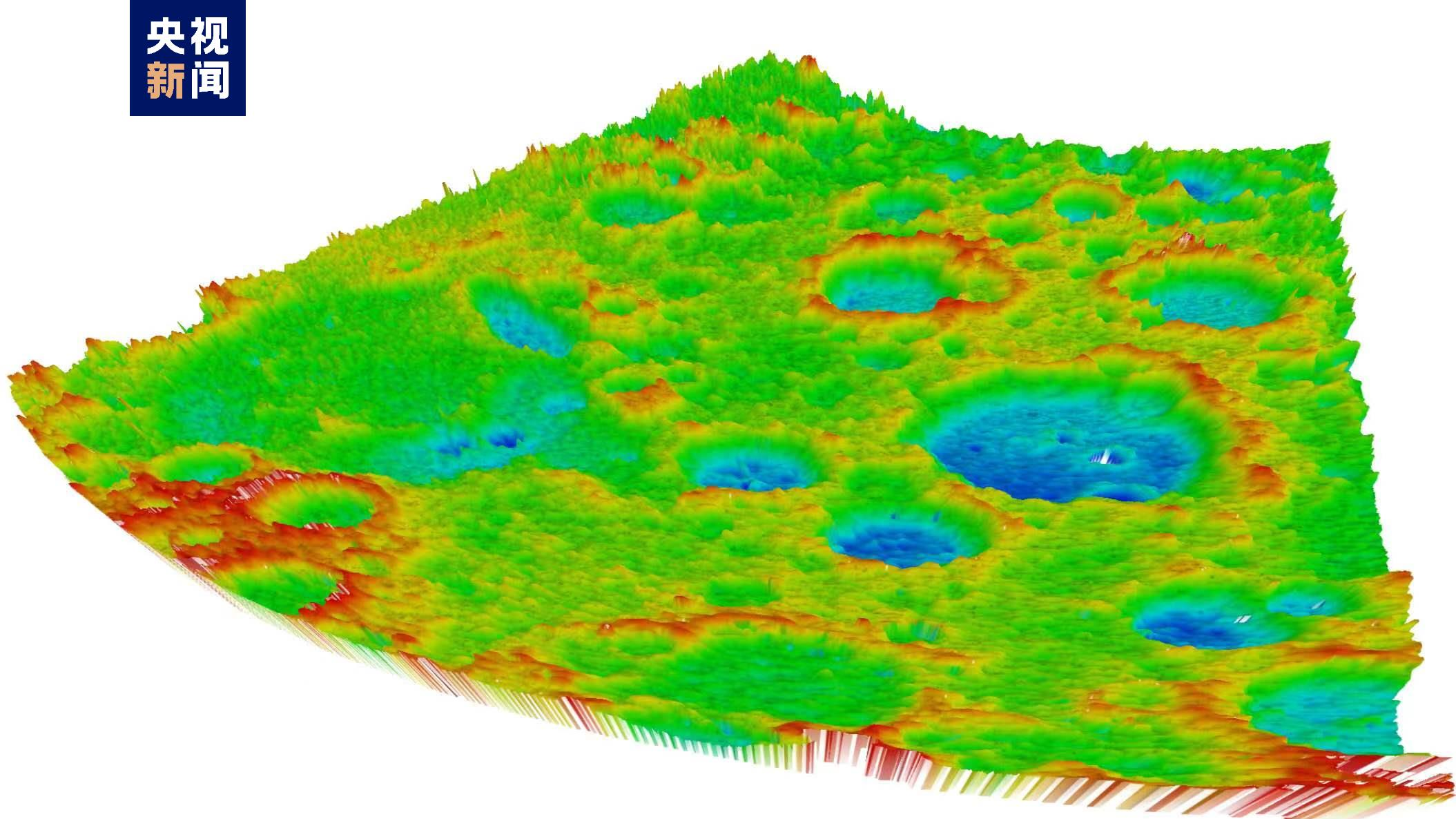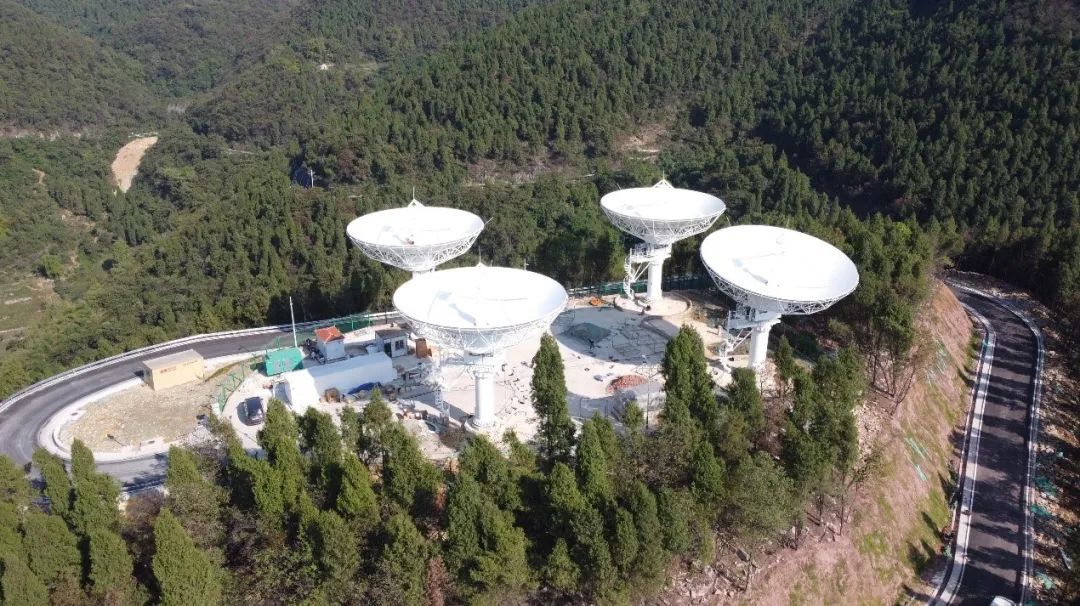
A three-dimensional Earth-based radar mapping of the moon around the Kravis Crater taken by the China Fuyan. /CMG
A three-dimensional Earth-based radar mapping of the moon around the Kravis Crater taken by the China Fuyan. /CMG
China has taken its first three-dimensional Earth-based radar mapping of the moon with its radar system equipped with high-definition deep-space active observation facility, located in the country's southwest Chongqing Municipality.
The radar system, codenamed "China Fuyan," which means "facetted eye," had completed its first phase of the installation, commissioning and start-up observation recently.

An Earth-based radar mapping of the moon around the Kravis Crater taken by the China Fuyan. /CMG
An Earth-based radar mapping of the moon around the Kravis Crater taken by the China Fuyan. /CMG
Different from China's 500-meter Aperture Spherical radio Telescope (FAST), which is designed to collect observations of radio signals from space, the Fuyan will shoot radio signals at celestial bodies so to observe asteroids and terrestrial planets in the solar system.

Four radars built for the first phase of the China Fuyan project in southwest China's Chongqing Municipality. /BIT
Four radars built for the first phase of the China Fuyan project in southwest China's Chongqing Municipality. /BIT
The project, led by the Beijing Institute of Technology (BIT) Chongqing Innovation Center, will have three phases of construction. The first phase is to verify the feasibility of the radar system, mapping a high-resolution image of the moon.
After the completion of the third phase, the project is expected to carry out high-definition observation of asteroids within 150 million kilometers of Earth, leading the country in deep space detection radar for 50 years.
Read More:
China to build world's most far-reaching radar, better safeguard Earth
China's FAST unearths circular polarization of two active repeating fast radio bursts